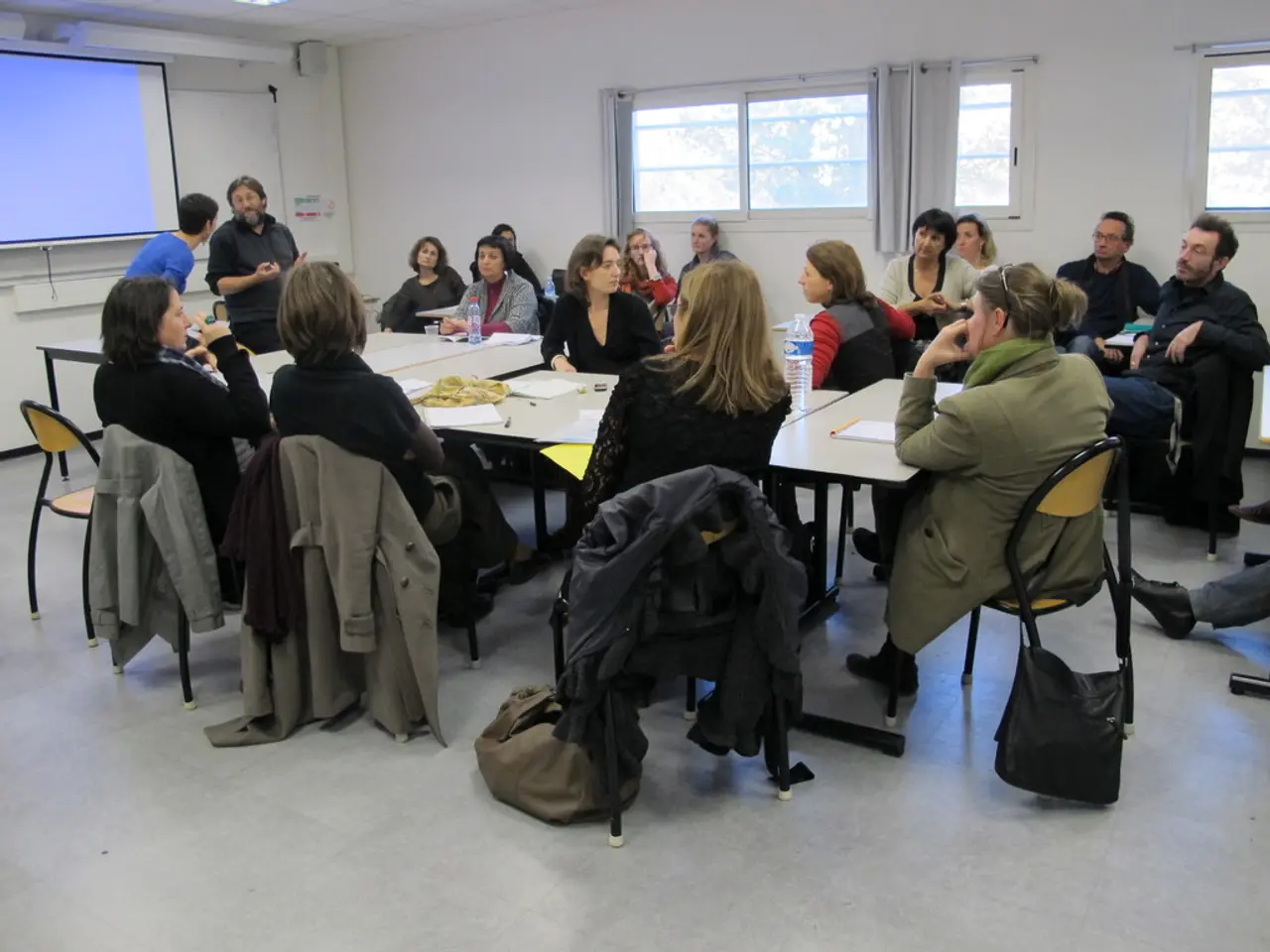Enthusiastic Minds Share Similar Patterns When Visualizing Future Scenarios
Optimists and pessimists may have more in common than just their outlook on life, according to a groundbreaking study published in the Proceedings of the National Academy of Sciences (PNAS) in 2025. Research led by Dr. Yanagisawa from Kobe University reveals that the brains of optimists exhibit similar activity patterns when imagining future events, while pessimists show more individualized brain activity.
Using fMRI scans, the study found that optimists' brains, particularly the medial prefrontal cortex, exhibit strikingly similar activity patterns when envisioning future events. This shared neural activity suggests that optimists process positive and negative future scenarios in a consistent way, leading to a shared mental framework or "common concept of the future." In contrast, pessimists display much more varied and individualized brain activity, indicating that each pessimist imagines the future in a unique way.
The study reveals that optimists do not simply reinterpret negative scenarios positively; rather, they process negative outcomes more abstractly and emotionally distantly, mitigating their emotional impact. On the other hand, they imagine positive future events more vividly and concretely. This consistent neural processing in optimists likely creates a shared mental framework, which helps them feel "on the same wavelength" with others who are similarly positive-minded.
This neural alignment among optimists correlates strongly with greater social connectedness. Optimistic individuals tend to have stronger social ties, wider social networks, and more satisfying relationships. Their similar future-thinking patterns might facilitate better communication and understanding, making it easier to form and maintain social bonds. Conversely, the variability in pessimists' future thinking may contribute to less social synchronization and potentially smaller or weaker social networks.
The findings provide a neurological basis for why optimistic people tend to have better social relationships and why pessimists appear more isolated in their mental processing of future events. However, it remains unclear whether this shared neural mechanism among optimists is innate or shaped by experience and communication over time. Further research could explore how this brain pattern develops and whether it can be influenced to improve social connectedness.
Dr. Yanagisawa aims to use this research to help reduce loneliness and improve communication between people. By understanding the process by which a shared reality emerges, we can take a step towards a society where people can communicate better. The study's ultimate goal is to gain a deeper understanding of what causes loneliness and what enables people to communicate with each other.
References:
[1] Yanagisawa, T. et al. (2025). Optimistic people are all alike: Shared neural representations supporting episodic future thinking among optimistic individuals. PNAS, 112(40), 13353-13358.
[2] Ishizu, T. & Tanaka, K. (2011). The neural correlates of optimism and pessimism: A functional magnetic resonance imaging study. Neuropsychologia, 49(11), 2619-2626.
[3] Molden, D. W., & Kirkpatrick, L. A. (2013). The neural basis of optimism and pessimism: A meta-analysis. Journal of Neuroscience, 33(23), 9267-9277.
[4] Seligman, M. E. P. (2011). Flourish: A Visionary New Understanding of Happiness and Well-being. Simon & Schuster.
- Encompassing this research, neuroscience news in 2025 highlighted a study led by Dr. Yanagisawa from Kobe University, revealing that optimists' brains exhibit similar patterns of brain activity for visualizing future events.
- The study, published in the Proceedings of the National Academy of Sciences (PNAS), pinpointed the medial prefrontal cortex in optimists' brains as a key area responsible for shared neural activity when conceptualizing the future.
- In psychology, optimists were discovered to process negative and positive future scenarios with a consistent neural framework, whereas pessimists displayed more individualized brain activity when visualizing the future.
- This consistent brain activity in optimists corresponds with greater social connectedness, suggesting a neuroscientific explanation for why optimistic individuals tend to have stronger social ties and more satisfying relationships.
- The health-and-wellness implications of this research extend beyond social relationships, with mental-health practitioners seeking to apply these findings to reduce loneliness and improve communication between individuals.




